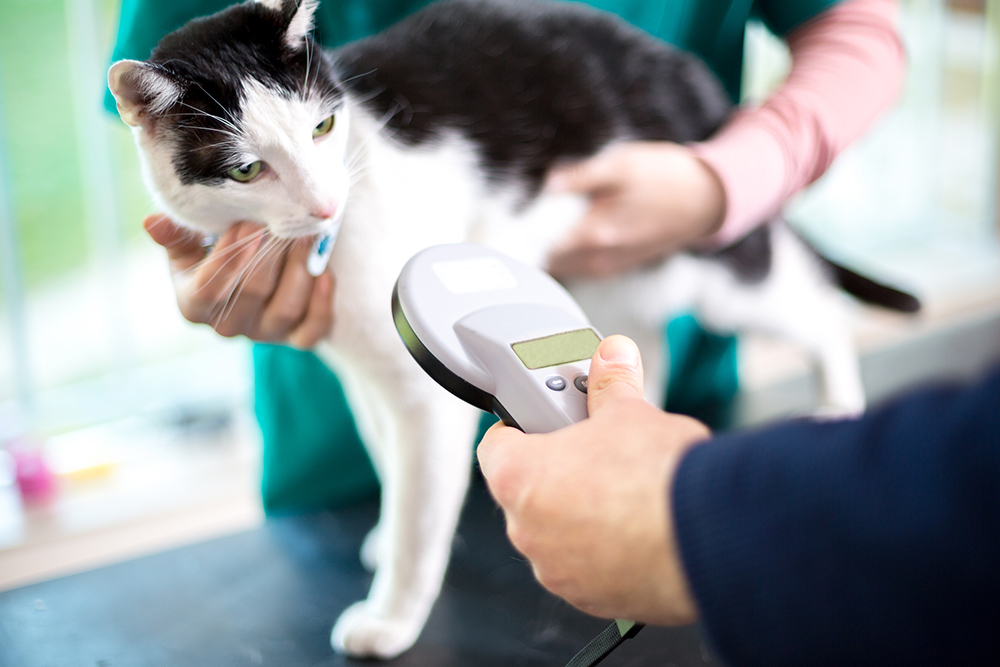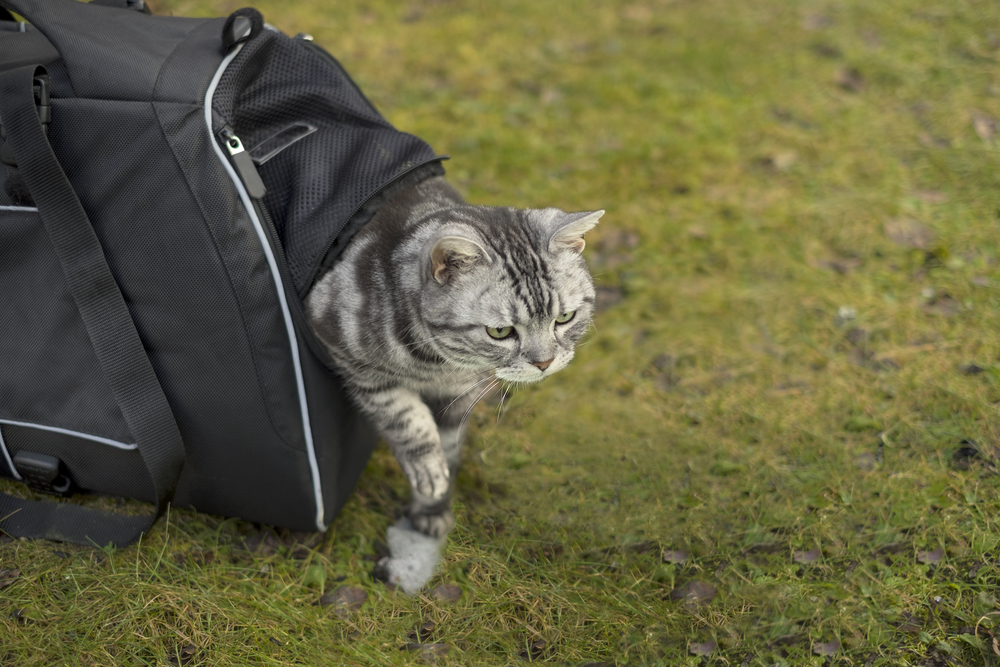One of the advantages of owning a cat over other pets is that they can use a litter box. There’s no taking a cat outside in the heat of summer or early in the morning when you’d rather be sleeping. A litter box will have to be emptied and cleaned out regularly, but it can be done at your convenience.
Fortunately, cats instinctively like to bury their waste, so there’s actually very little training involved getting a kitten to use a litter box. Many kittens may already know how to use one when you adopt them, but if they’re younger than 8 weeks old, they may still need some assistance.
Supplies You Need
You won’t need many supplies to get started training your kitten to use the litter box. Start with a litter box and some kitty litter. It’s also a good idea to have some treats handy to reward your kitten for using the litter box successfully.
Litter Box
There are a lot of different kinds of litter boxes out there and it’s important to choose the right kind for your kitten or it may not want to use it. In addition, if you have more than one cat, make sure to have at least one litter box per cat, since cats can be territorial about their litter box. It’s recommended to have at least one more litter box than you have cats.
What Size Litter Box Should I Get for a Kitten?
For a kitten, you may want to start with a small litter box. Make sure that the kitten can climb over the side of it without jumping. Your kitten can graduate to a larger litter box when it’s a bit bigger.
What Type of Litter Box Should I Buy for a Kitten?
The litter box should be made of a material that’s nonabsorbent. Only use a cardboard box if it’s temporary (a day or less) while you’re going out to get a real litter box.
Some litter boxes have tops, which many cat owners prefer because the litter and waste aren’t visible. Covered litter boxes also block odors better than uncovered ones. However, some cats won’t use covered litter boxes.
For your kitten, it may be best to start with an uncovered litter box. Once the kitten is used to using a litter box, you can try adding a cover to it.
Kitty Litter
It’s important to have litter to put in the litter box. Cats like to bury their waste, so they need enough litter to bury it. There are a variety of types of kitty litter. You can test out different types to figure out which kind your kitten prefers.
What Type of Litter is Best for Kittens?

Kittens often explore things with their mouths, so it’s important to make sure that whatever type of litter you choose to get is safe for a kitten if it eats some. It’s best to avoid clumping litter until your kitten reached four months old as it can cause stomach upset or blockages if ingested. Try to use non-clumping litters or pelleted litters until your furbaby is older.
As your kitten gets older you’ll be able to experiment more with the kind of litter you equipped in your box. You’ll most commonly come across three different types of litter for cats:
- Clumping
- Non-clumping
- Crystals
The most common types of litter that you’ll find in pet stores are the clumping clay and non-clumping clay. Clay-based litter can get heavy, but there are some lighter-weight options if you look for them.
Clumping litter will form into solid clumps upon contact with a liquid, making it easier to scoop. This type of litter doesn’t need to be changed quite as often as the non-clumping kind. But you do pay the price for these added benefit via a higher cost.
Crystal litter is good at odor control. It can be more expensive than other types of litter, however, and cats often don’t like the feel of the crystals on their paws. Due to the odor-control and dust-free qualities, many owners think it’s worth the extra cost.
If you prefer an all-natural option for your kitten’s litter, there are options made out of paper, pine, grass, walnut shells, corn, or wheat.
How to Train Your Kitten
Once you have the litter box and the litter set up, the next step is to start training the kitten to use the box.
When Should I Start the Training?
Kittens won’t be ready to use a litter box until they are three weeks old. If your kitten is younger than that, they’ll need to be stimulated to go to the bathroom. At three weeks old or older, then you can start introducing the kitten to the litter box.
Introduce the Litter Box
After the kitten has eaten or has just woken up, place it in the litter box and wait to see what happens. Kittens will usually naturally start to dig in the litter, so if your kitten starts doing this on its own, let it be. If it doesn’t start digging, you can take its front paws and start digging in the litter with them. This can encourage your kitten and it may keep digging on its own before eliminating.
Be Mindful of Where You Place the Litter Box
The location of the litter box is very important to whether or not your kitten is willing to use it. The best places to put it are those that offer some privacy but are in easy-to-reach areas. If your cat spends a lot of time in certain parts of the house, it’s a good idea to place the litter box there.

As a kitten owner, it can be tempting to hide the litter box out of the way so that it can’t be seen (or smelled). But if it’s nowhere near where the kitten usually spends its time, then the kitten may avoid using it.
Keep the litter box away from the kitten’s food and water. The area should also be lit so that the kitten isn’t trying to use the litter box in the dark. Think about what you would want in your own bathroom – if it wouldn’t be comfortable for you, chances are good your kitten won’t find it comfortable either.
Wherever you do put the litter box, once you’ve shown it to your kitten, avoid moving it so you don’t confuse the kitten.
Be Patient with Your Kitten
Learning to use the litter box is an adjustment. Although kittens do start to dig in litter naturally, there may still be accidents. Don’t punish or yell at the kitten for these – accidents are only natural. Yelling could frighten your kitten, making litter training take even longer.
Keep in mind: Cats don’t associate punishment with the incident that they’re being punished for, so it won’t help them learn and will in fact only make them more nervous and stressed.
Give Your Kitten Positive Reinforcement
Unlike punishment, kittens will react to positive reinforcement by emulating the actions they associate with the reward. If your kitten has successfully used the litter box, make sure to reward it. You can praise your kitten and give it a toy or a treat for a job well done.
Clean the Litter Box to Encourage Use

Make sure to regularly clean the litter box. You’ll need to scoop the litter every day. The litter will then need to be changed completely about once a week. You can tell when it needs to be changed because the litter box will smell.
When you change litter, make sure you srub the litter box thoroughly with water and soap or vinegar. Avoid bleach or chemicals, since these can harm your kitten.
A clean litter box will make your home smell nicer. Avoiding the litter box smell is a good incentive to make sure it stays clean!
Why Won’t My Kitten Use the Litter Box?
There are a variety of reasons why your kitten won’t use the litter box. Use trial and error to uncover the source of the problem. Change one thing first to see if it solves the issue. If it doesn’t, move on to the next.
Let’s jump into some possible reasons why your kitten is turning their nose up at your little box situation:
Litter Box Placement Isn’t Ideal
Check the placement of the litter box and ask yourself:
- Is it too far out of the way?
- Is it located somewhere your cat doesn’t like to go?
- Is it too dark there?
- Does it not offer enough privacy?
Remember, if you would be unhappy with the situation if you were stuck using it then don’t enforce those conditions on your cat. The alternative is continued accidents throughout your home.
Your Cat Doesn’t Like the Type of Litter Box Used
If you have a covered litter box try removing the cover. Even though covered litter boxes are convenient for us to contain smells and mess, some cats downright despise them and will refuse to use them.
Alternatively, if you have an uncovered litter box, your cat may prefer the privacy of having a cover.
Your Cat Disliked the Type of Litter
Your cat may dislike the type of litter. Revisit our section on types of litter and give each type a try.
Kittens can be particular about the way the litter feels on the feet. This can lead to them missing slightly as they try not to stand on the litter. Or, your kitten may outright avoid the offending litter box altogether.
Don’t Expect Your Kitten to Use a Dirty Litter Box
Check the litter box to see if it’s dirty. Kittens don’t like to use dirty litter boxes, so you should make sure it’s scooped daily. Replace the litter and cleaned the litter box itself at least once a week.
I Can’t Figure Out Why My Cat Isn’t Using the Litter Box
If nothing you do is convincing your kitten to use the litter box, it may be time to seek advice from outside sources. Monitor your kitten’s behavior and watch for the following warning signs:
- Frequently getting into the litter box but no sign of use
- Bloody urine or stool
- Persistent, obsessive licking of genitals
- Crying or mewing around or while in the litter box
If you encounter any of the above symptoms, it’s time to seek medical advice from a trusted veterinarian. They will be able to examine your kitten and test for any underlying problems keeping it from properly using the litter box.
Get the Latest in Pet Industry News
Check out the blog, updated monthly
Browse the blog


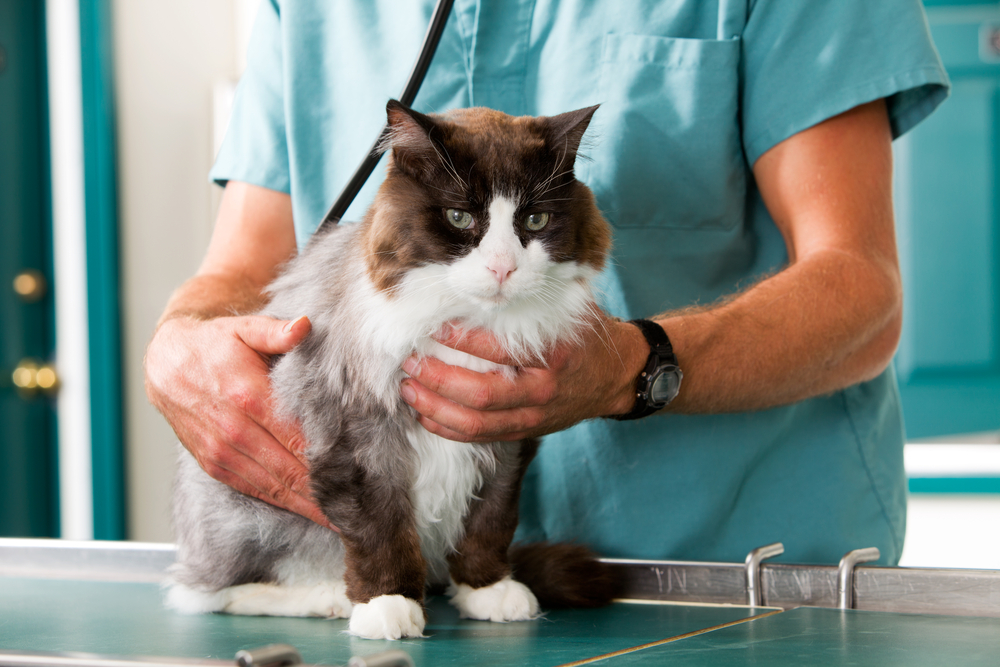


















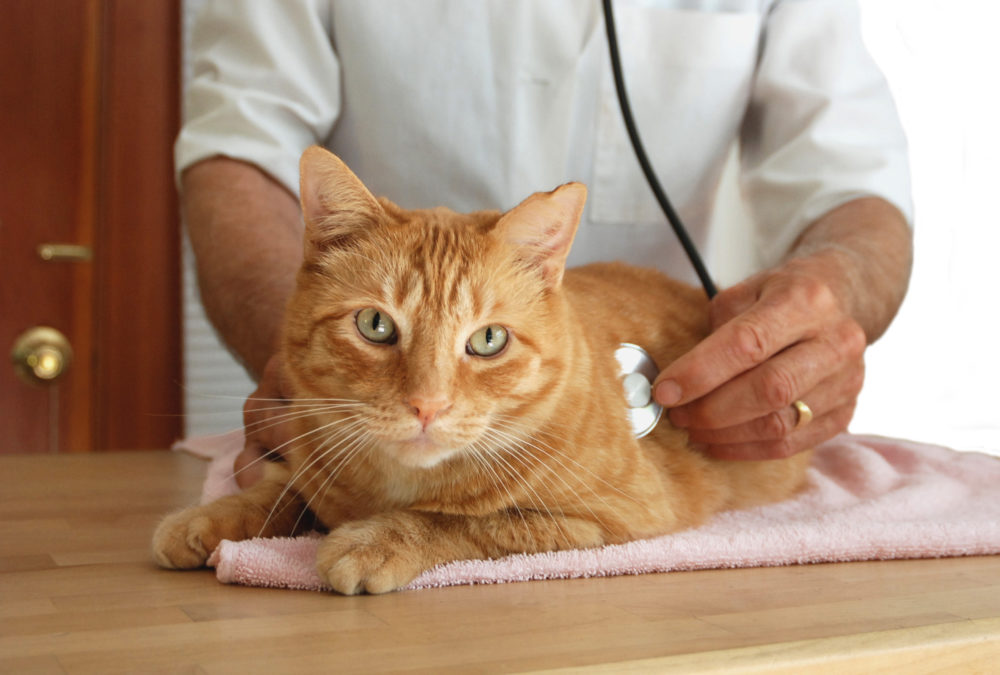
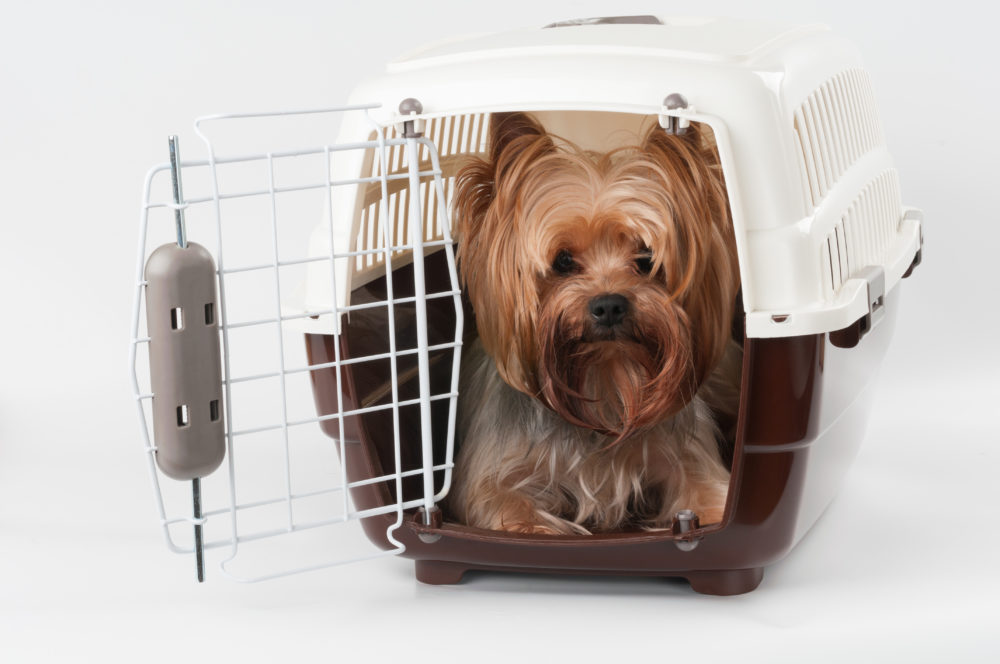


 The first step in treating tick paralysis is to check your dog or cat for ticks and remove all that you find. This will prevent even more toxins from being released into your pet’s bloodstream. Even if you find no ticks, it’s a good idea to bathe your pet with insecticidal shampoo.
The first step in treating tick paralysis is to check your dog or cat for ticks and remove all that you find. This will prevent even more toxins from being released into your pet’s bloodstream. Even if you find no ticks, it’s a good idea to bathe your pet with insecticidal shampoo.

